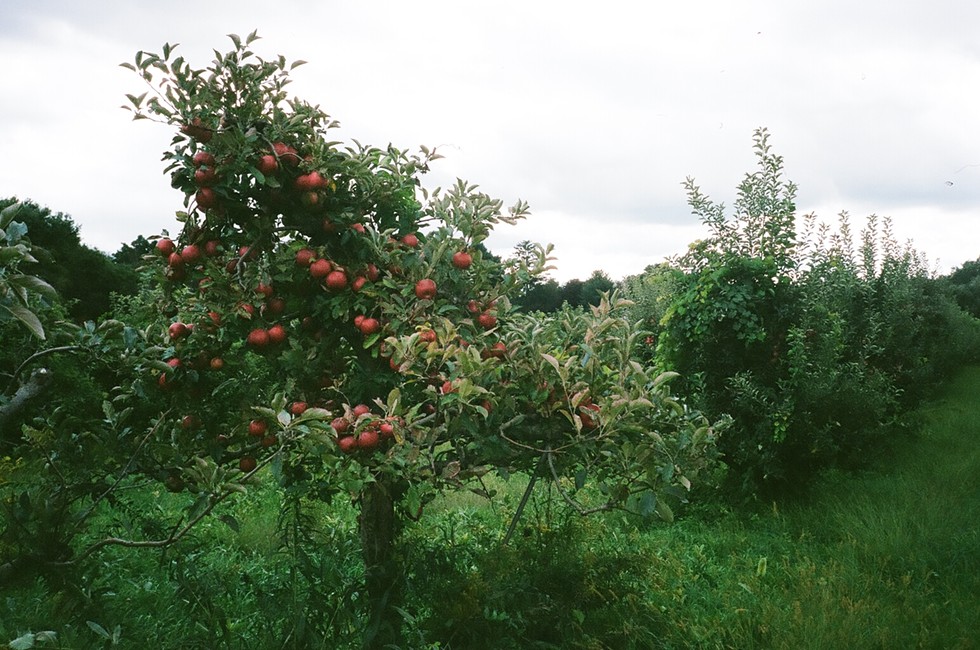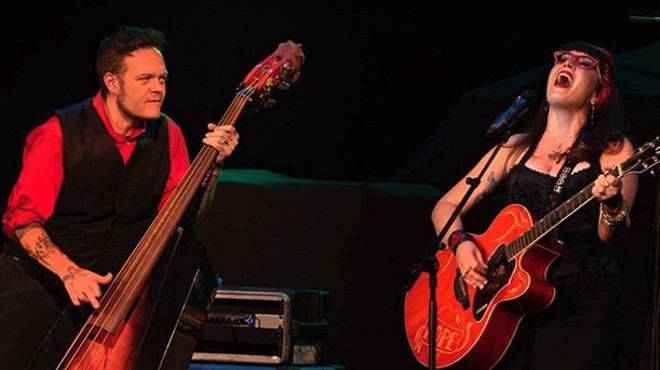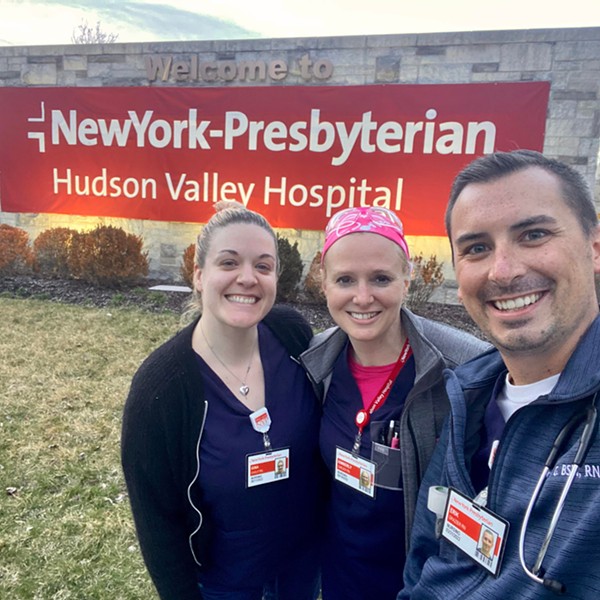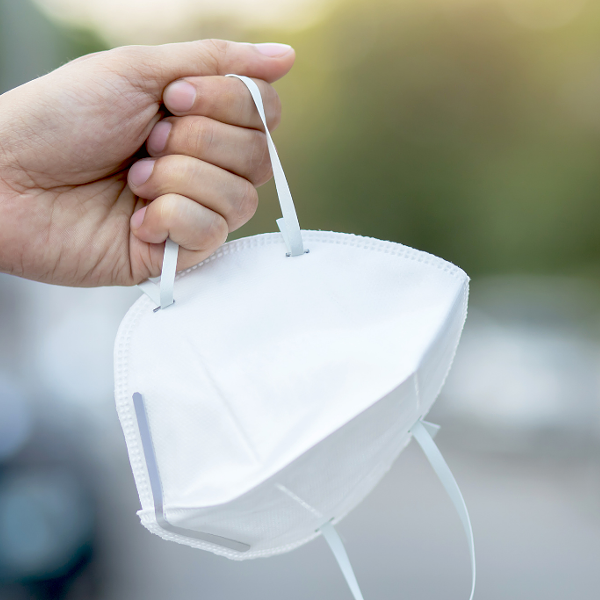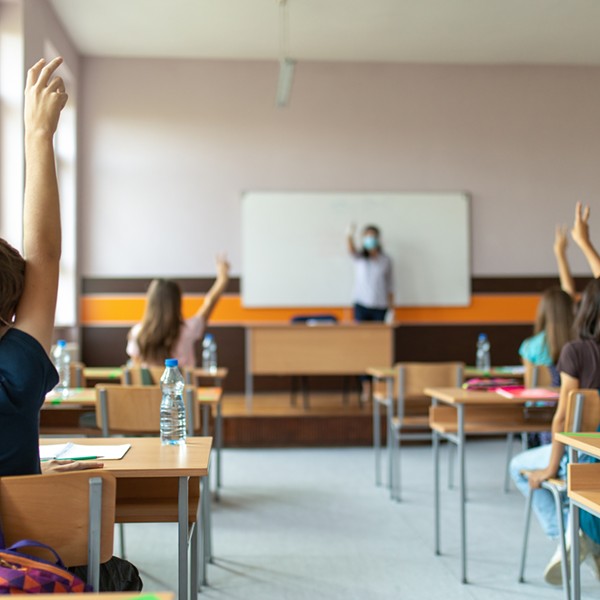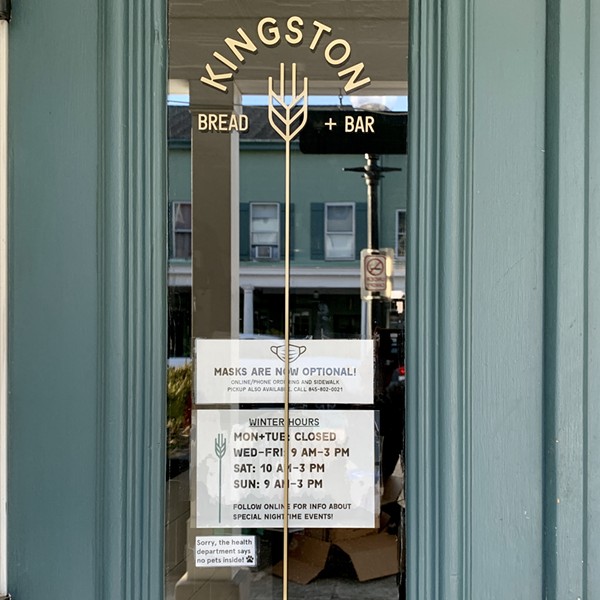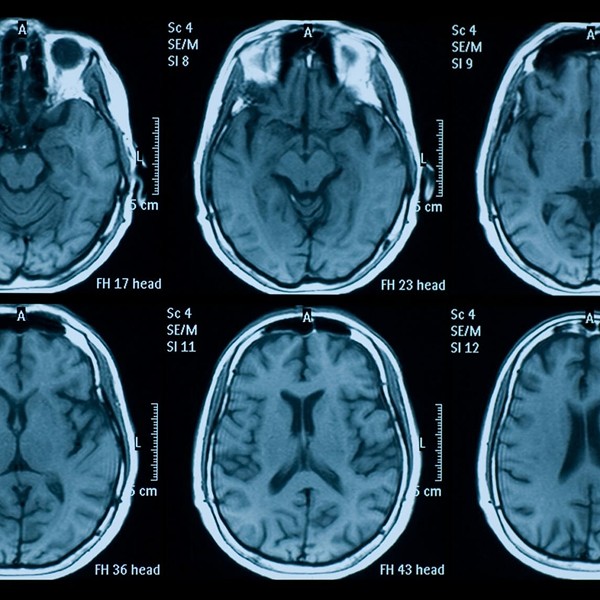This is a roundup of coronavirus news and announcements from New York State and Hudson Valley and Catskills counties published on Friday, July 3.
NEW YORK STATE
395,872 cases confirmed (918 new)
4,107,985 tests performed (66,392 new)
Positive test rate: 1.4%
24,885 deaths (8 new)
857 hospitalizations
188 ICU admissions
New York State coronavirus page
New York State official pressroom
Hotline: (888) 364-3065
Daily new COVID-19 cases have surpassed 50,000 in the US for two days in a row. Our current status as one of the worst global hotspots for coronavirus is limiting Americans’ travel options: this week, the European Union instituted a ban on US travelers along with those from Russia and Brazil, and the United Kingdom has placed the US on a “red list” of countries deemed too heavily infected for their citizens to safely visit.
The internet is talking about writer Deb Perelman’s essay about the dilemma faced by working parents, a 2,000-word primal scream titled “In the COVID-19 Economy, You Can Have a Kid or a Job. You Can’t Have Both.” Plans for getting America back to work are on a collision course with plans to cut back severely on the amount of time children will spend in school, she writes, and the two paths are “moving forward apace without any consideration of the working parents who will be ground up in the gears when they collide.” Some commentators are noting that the situation currently faced by all working parents isn’t that different than what poor working families have been dealing with since long before the pandemic; admittedly, that doesn’t make it any better. Relatedly: The Washington Post reports this week that the lack of childcare is holding back economic recovery on a national scale. According to a survey by Northeastern University, 13 percent of working parents have had to quit a job or scale back hours recently due to a lack of childcare.
Many universities plan to reopen to in-person teaching in the fall, but it’s unclear how they can possibly prevent the spread of COVID-19 in their communities. In a Friday article, The New York Times spoke to faculty at colleges across the nation who say they’re being pushed to go back without regard for their safety, and some fear facing career punishment if they fight to teach remotely. Not mentioned in the article: the non-teaching staff who keep university buildings, kitchens, and campuses running, or the impact of university safety plans on them.
A spike of deaths in five hard-hit states this spring may be partly due to uncounted COVID-19 deaths, but the pandemic may have indirectly caused deaths even among people who weren’t infected, a new analysis of medical data from the Washington Post found. Several medical experts who reviewed the data believe that some of the “excess deaths” found in the analysis—deaths above the rate expected for the time of year in the area—were the result of people with serious conditions avoiding or delaying medical care. The biggest driver of excess deaths was heart disease, the analysis found. “This data underlines the importance of not letting our health systems get to the point where they are so overwhelmed that it spills over and affects people with other medical conditions in our community,” said Nahid Bhadelia, medical director of Boston University School of Medicine’s Special Pathogens Unit.
On Friday, New York State’s rate of positive tests, which has mostly been hovering at or near one percent, was up to 1.38 percent. It’s a small uptick, and nowhere near the double-digit positive test rates some of the current emerging national hotspots are seeing. But according to rt.live, a site that estimates the growth rate of the pandemic in each state and the District of Columbia, New York’s outbreak is currently not shrinking, but growing very slowly. After reaching the lowest rate in the nation, New York has crept up to sixteenth place, with an estimated transmission rate for each case of 1.04. Rates below one mean that the outbreak is shrinking in a region; rates above one mean that it is growing. The state with the highest estimated transmission rate on rt.live is currently Nevada, at 1.44; the state with the lowest estimated rate is Connecticut, at .74.
The pandemic is shining a harsh spotlight on inequalities all across the nation. One of the great divides in upstate New York: Broadband access. The Albany County town of Coeymans is currently organizing a resident survey in an effort to put pressure on lawmakers to deliver broadband coverage in the region, Hudson Valley 360 reports. New York State has been funding rural broadband buildout with dollars from the Federal Communications Commission’s Rural Digital Opportunity Fund, but the reluctance of large internet service providers to commit to real broadband buildout in their most far-flung territory has complicated the effort and pitted the state against the FCC.
Announced by New York State on Thursday and Friday:
- The state Department of Health has issued guidelines for Fourth of July celebrations, both private and public. Included in the rules: Gatherings must adhere to the size limits that apply to the region: no more than 10 for areas in Phase Two, no more than 25 for areas in Phase Three, and no more than 50 for areas in Phase Four. Fireworks displays are permitted for drive-in audiences, as long as participants remain in their cars during the event. The state is encouraging celebrations to be held virtually or postponed, and to be held outdoors if they are going ahead this weekend. For all celebrations, attendees must wear masks if six-foot distances cannot be maintained.
- The New York State Police and local law enforcement are being encouraged to crack down on drunk driving over the weekend, Cuomo announced Thursday. New Yorkers on the roads should expect unmarked police cars, sobriety checkpoints, and increased patrols.
- Outdoor swimming pools at state parks will open for the Fourth of July weekend, with limited capacity and new safety rules.
- On Thursday, Cuomo announced that $4.3 million in federal FEMA funding will be made available to county and New York City emergency management agencies to support pandemic-related planning and operational readiness. To qualify, counties must apply for the funding by July 16, and match the amount with equal funding of their own. The funds for each county are determined by a population-based formula, according to a state news release; for most counties, the funding works out to less than 25 cents per county resident.
LOWER HUDSON VALLEY
County coronavirus pages: Rockland, Westchester, Putnam
Westchester’s active case count, which has been on a steady downward trend for months, grew slightly this week. In a press briefing on July 2, county executive George Latimer said that the number of active cases in the county was currently 503, up from 471 on June 29. “We’re still very comforted that that is a low number. At its peak, it was 12,000 active cases, back at the end of March and the beginning of April,” he said.
Complaints about social distancing rules being broken during the first three months of the pandemic fluctuated slightly in Westchester County while remaining steady in Putnam. But so far in July, LoHud.com reports, complaints to the state Department of Health have skyrocketed.
LoHud.com also has a guide to Fourth of July celebrations in the lower Hudson Valley, with recommendations for how to remain safe.
MID-HUDSON VALLEY
County coronavirus pages: Orange, Dutchess, Ulster, Columbia
On Thursday, after a week of positive test results being consistently under 10 per day and the positivity rate mostly staying under one percent, 25 new cases of COVID-19 were found in Ulster County, a spike linked to four distinct clusters, reports the Daily Freeman. About 3.3 percent of Thursday’s Ulster County test results came back positive. With the new cases, Ulster County’s number of active cases also went up, from 119 on Wednesday to 143 on Thursday.
With cases rising across the nation and a second wave likely to hit New York at some point, on Thursday Ulster County Executive Pat Ryan announced that the county has developed and implemented a COVID-19 Rapid Response plan. The five-step plan has protocols to identify, investigate, isolate, communicate, and enforce in anticipation of potential cases. It involves robust testing capacity, investigation through contact tracing, isolation through issuing quarantine, communication through keeping the public informed, and continued enforcement of the PAUSE order.
Dutchess County Executive Marc Molinaro spent his 25th virtual COVID-19 town hall recapping many of the county’s “milestones in the fight against coronavirus,” including the Dutchess Responds Food Connection, the COVID supply unit, and the mobilization of emergency health care. He also made an important announcement: Starting next week, Molinaro will shift to one online town hall forum per week to be held on Wednesdays.
The volunteer fire chaplain for the Middletown and Monhagen fire departments died from COVID-19 complications on June 27, after fighting the virus for 10 weeks. Domingo Reyes Jr., better known as “Reverend Dominick,” counseled members of the departments for more than five years. “He was always there for anybody, no matter who you were,” said Don Luis, Middletown’s fire chief. Reyes was just shy of 60 years old.
CATSKILLS
County coronavirus pages: Sullivan, Delaware, Greene, Schoharie
As of Friday, Delaware County has gone more than a week without a new positive test result. The last positive COVID-19 test in the county was reported by Delaware County Public Health on June 23.
Greene County officials are drafting a policy for employee travel, seeking to find a middle ground between counties that are denying vacation to staff who want to visit high-risk areas and counties that aren’t taking it seriously enough. Every now and then, a news article about some wonky policy topic in a county legislature delivers a great quote, and the Catskill Daily Mail comes through with this gem from legislator Thomas Hobart of Coxsackie: “We’re not czars. All we can do is make recommendations. We’re not in ‘Cuomograd’ or Stalingrad.”
Fireworks displays for this weekend are proceeding as planned in Narrowsburg and Callicoon, the Sullivan County Democrat reports. In Delaware County, the Margaretville Fire Department is holding its regular fireworks display on Saturday as a drive-in event in lieu of the usual weeklong carnival. Mask up and stay safe out there, Catskills.
OF INTEREST?
The River has a guide on where, how, and when to get tested for the coronavirus in the Hudson Valley and Catskills. To read more of our coronavirus coverage, visit our coronavirus page.
The River is collaborating with WGXC to announce these updates over the air. To listen, tune in to 90.7 FM at midnight, 5am, 7am, or 9am, or visit the audio archive online.
La Voz, una revista de cultura y noticias del Valle de Hudson en español, está traduciendo estos resúmenes y co-publicandolos en su página web. Leyendo aqui. También puede escuchar actualizaciones diarias por audio en el show “La Voz con Mariel Fiori” en Radio Kingston.







